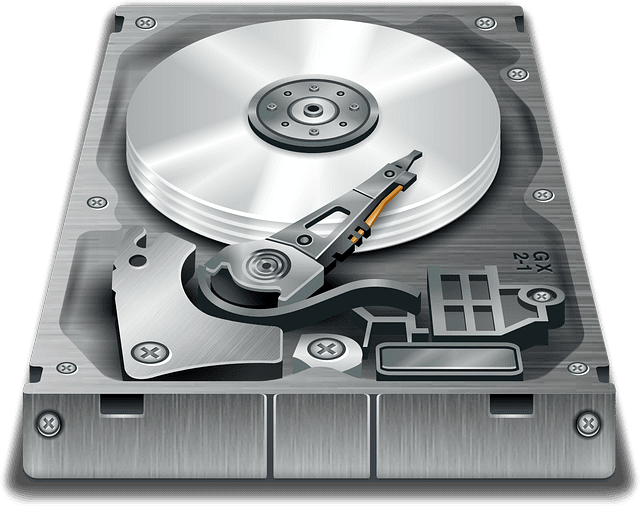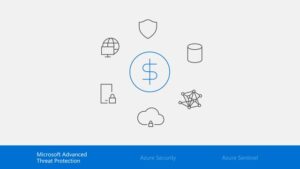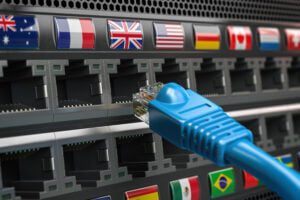Anyone who thinks of an IT department imagines that their only responsibilities are fixing computers and keeping the network running. Of course, this is part of the routine, but the work of an IT department goes far beyond its responsibilities.
Summary
However, one of the fundamental obligations of these professionals is the creation and management of the inventory system IT assets (hardware, software and users).
In today's article, we'll talk a little about this and the importance of good asset management. After all, what is an IT inventory system? Follow up:
What are IT Assets?
What are IT assets in the inventory system?
First and foremost, an IT asset is the information related to the user, system or hardware belonging to the company that is used in the course of business activities. In short, the main asset classes are: hardware, software and users.
These are grouped together and given the name inventory or portfolio. Among these, you can create other classes according to the peculiarities of the company in your inventory. Here are examples of one of these classes:
Hardware

This class includes devices (laptops, cell phones, tablets...), desktops), printers, servers, routers. In short, everything that has connectivity with the network, with people or that generates information. This also includes all the company's hardware, such as motherboards, processors, network cards, mice, keyboards, monitors, etc.
Software
In principle, this includes licenses, versions, endpoints, cloud services and applications. It involves collecting information about all the software used in the company, cross-referencing the information and then making decisions at the asset management. In conjunction with the "users" asset, it allows policies to be drawn up to increase productivity (check out this other article on the increased productivity).
Users
In this asset, the IT team collects data on how users are accessing their devices (login and logoff times) and which programs are being used (via the active screen, for example). This means that the "user" asset measures productivity within the company.
Like stock, it's not enough to know what's in the warehouse. In other words, the information about the assets needs to be used in the company's favor. And this is the task of IT asset management.
IT asset management
First and foremost, asset management is the IT team's responsibility to develop and maintain policies, standards, processes, systems and measures that relate coherently to the company's portfolio in terms of risks, costs and controls. The control of these assets or asset management is then the a set of practices that reduce costs and optimize decision-making strategies within the IT department, while at the same time increasing the understanding of the business value of IT itself.
Asset inventory
This management involves collecting and carrying out an inventory of assets. With strict control, you can make more efficient use of resources, eliminate waste and future expenses and increase efficiency. An example of this is monitoring the life cycle of software. This is the role of asset management do not allow licenses to expirewhich cloud services are renewed unnecessarily e prevent obsolete versions of software from continuing to be used.
In this scenario, we can illustrate the following situation. If there is a need to purchase new licenses, a look at the software inventory will allow you to analyze how many licenses are idle. In this way, the manager can just buy the differencesaving and optimizing the use of software. This also applies to idle hardware.
Due to its complexity, quality inventory management is carried out using specialized software. This software is committed to adding new assets in an automated way, keeping track of the life cycle of all assets and generating elaborate reports on this.
However, good asset management is only possible with the collaboration of the entire team and especially senior management. As an IT manager, it is your duty to draw up a good plan and present all the benefits of managing these assets in such a way as to justify obtaining specialized software. Your company will certainly not regret it.
Want to know more about IT assets and inventory?
Contact us! Keep visiting our blog to find out more about equipment management and IT solutions.





